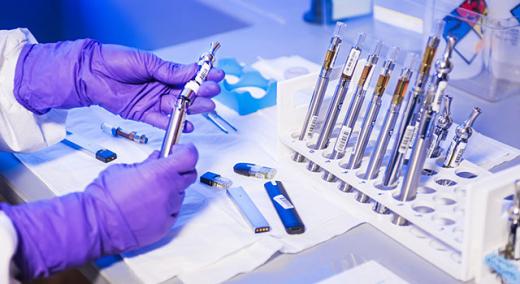Body
This article has been republished with permission from Medical Plastics News.
While ISO 13485 sets the standard for quality management systems (QMS) in medical device manufacturing, metrology is often treated as an afterthought and used simply to validate products and detect defects at the end of production. The result? It becomes harder to prove consistent quality, and the validation process can become fragmented.
…
Want to continue?
Log in or create a FREE account.
By logging in you agree to receive communication from Quality Digest.
Privacy Policy.

Add new comment